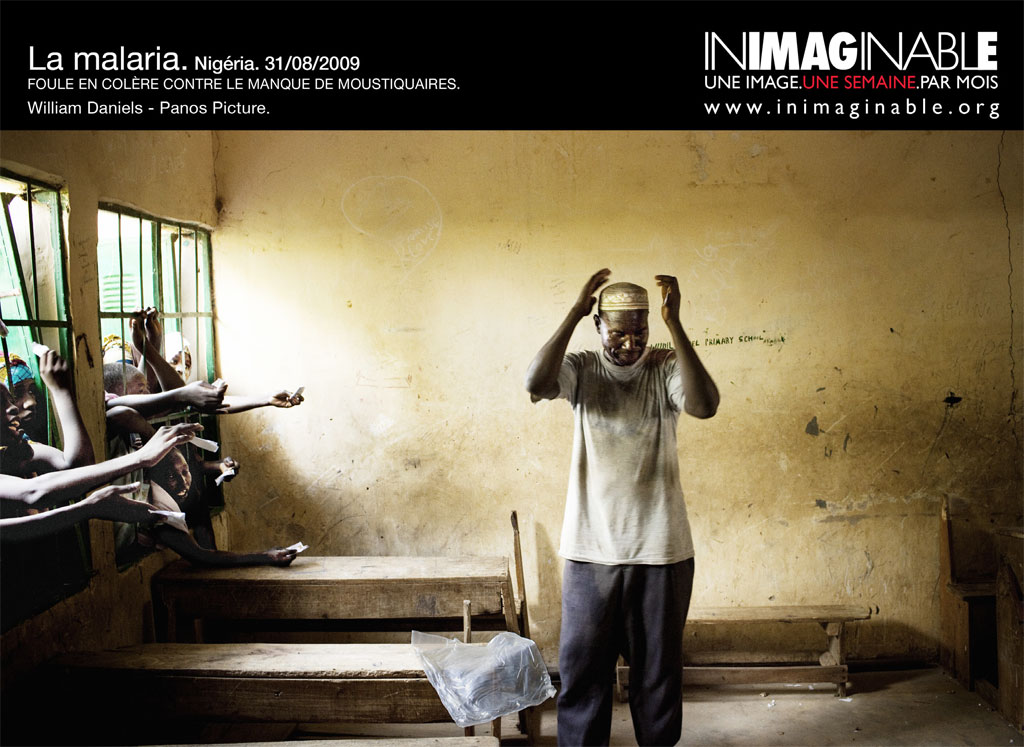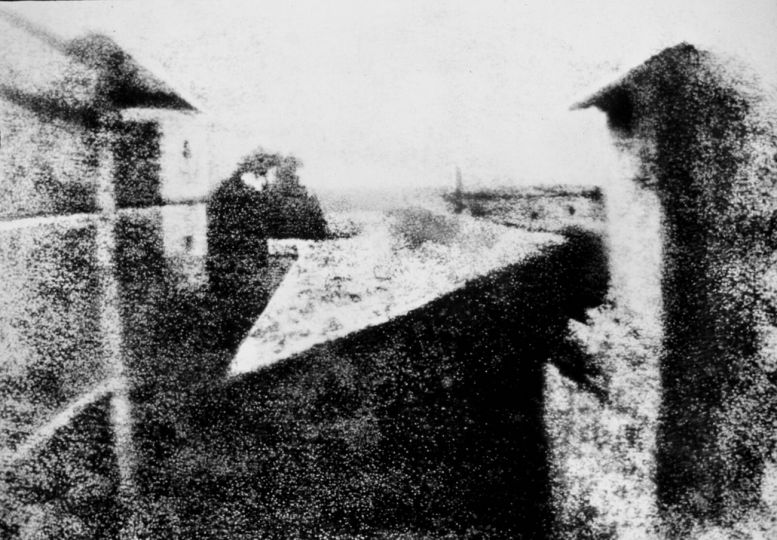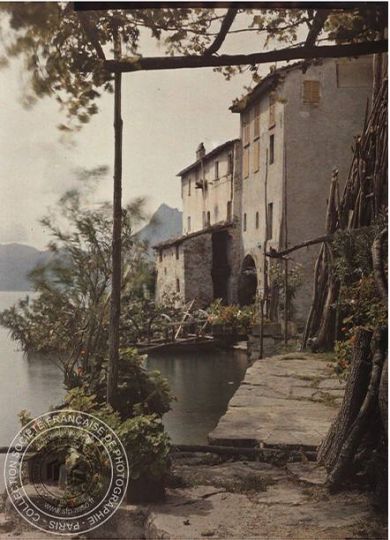For the fourth month in a row, Inimaginable* has selected a photograph by William Daniels on Malaria in Nigera to be be exhibited on the streets of Paris from October 31 to November 6, 2012.
One photograph, one week, one month
William Daniels: Malaria, preventable but not profitable
Every year malaria kills more than one million people in the world. In 2010, seven hundred thousand of those deaths were children under five.
Last century, the disease was found throughout the inhabited world, but since the 1950s, malaria has been eradicated in most parts of Europe and North America.
In 1955, the WHO—at the instigation of the Rockefeller Foundation, which had helped support Allied forces hoping to protect their soldiers against malaria—launched a “worldwide” program (only it left out sub-Saharan Africa and Madagascar) to eradicate malaria by dropping DDT from airplanes. Based on the widespread use of this insecticide, this program led to the eradication of mosquitoes and consequently the disease.
In 1964, Spain was the first country to be officially declared free of malaria.
But in 1972, the WHO abandoned the eradication program for a worldwide program to control the disease. Eradicating malaria has ceased to be a public health interest, since the disease no longer poses a socio-economic or health security threat to the rich industrialized countries in Europe and North America.
So what if the disease continues to kill a million a year, keeping an entire society in poverty and stopping its economy from developing, as long as the financial interests of rich countries are preserved? In reality, malaria isn’t profitable enough for the pharmaceutical industry to fight. Ten years ago, the overall spending on malaria research amounted to 65 dollars per victim, compared with 789 dollars for sufferers of asthma and 3,274 dollars for AIDS.
In a recent article, the WHO acknowledged that if we had eliminated malaria in Africa 35 years ago, the continent would now exceed its current GDP by 115 billion euros, or a 32% increase…
Today, 106 countries are affected by this scourge. Half of the world’s population lives in one of those countries, or 3.3 billion people, and 91% of the deaths occur in sub-Saharan Africa.
William Daniels
A 35-year old photographer, the work of William Daniels work focuses on social and humanitarian themes, mainly in isolated and vulnerable communities. His work on malaria, Bad Air, produced in seven countries and exhibited in 2008 on the Pont des Arts in Paris, in London, and at the European parliament is available from the publisher Images en manoeuvre. In 2007, he was awarded the Bourse de la fondation Lagardère, which enabled him to work on the young and unstable Republic of Kyrgyzstan. This series, Faded Tulips, was exposed in early 2012 at the Galerie Fait et Cause and published in a book available from Emphas.is. A winner of the Word Press Photo in 2008, he regularly works on commission for the French and international press, as well as for NGOs and other international institutions.
Places of exhibit :
• 157 rue Vercingétorix 75014 Paris
• 94 boulevard Raspail 75006 Paris
• 119 et 226 rue Lecourbe 75015 Paris
• 69 rue d’Auteuil 75016 Paris
• 141 boulevard Sébastopol 75002 Paris
*Inimaginable is an association that provides support and financing for photography projects that concern human rights and discrimination. Too many reports today are never published due to lack of funding, and the images are never seen by the public. Inimaginable uses a participatory financing platform (KissKissBankBank) to raise production budgets for such projects. The photograph selected each month will be displayed in a poster campaign in the heart of Paris.
Every month, Le Journal present a preview of the image picked by the selecting committee.
















